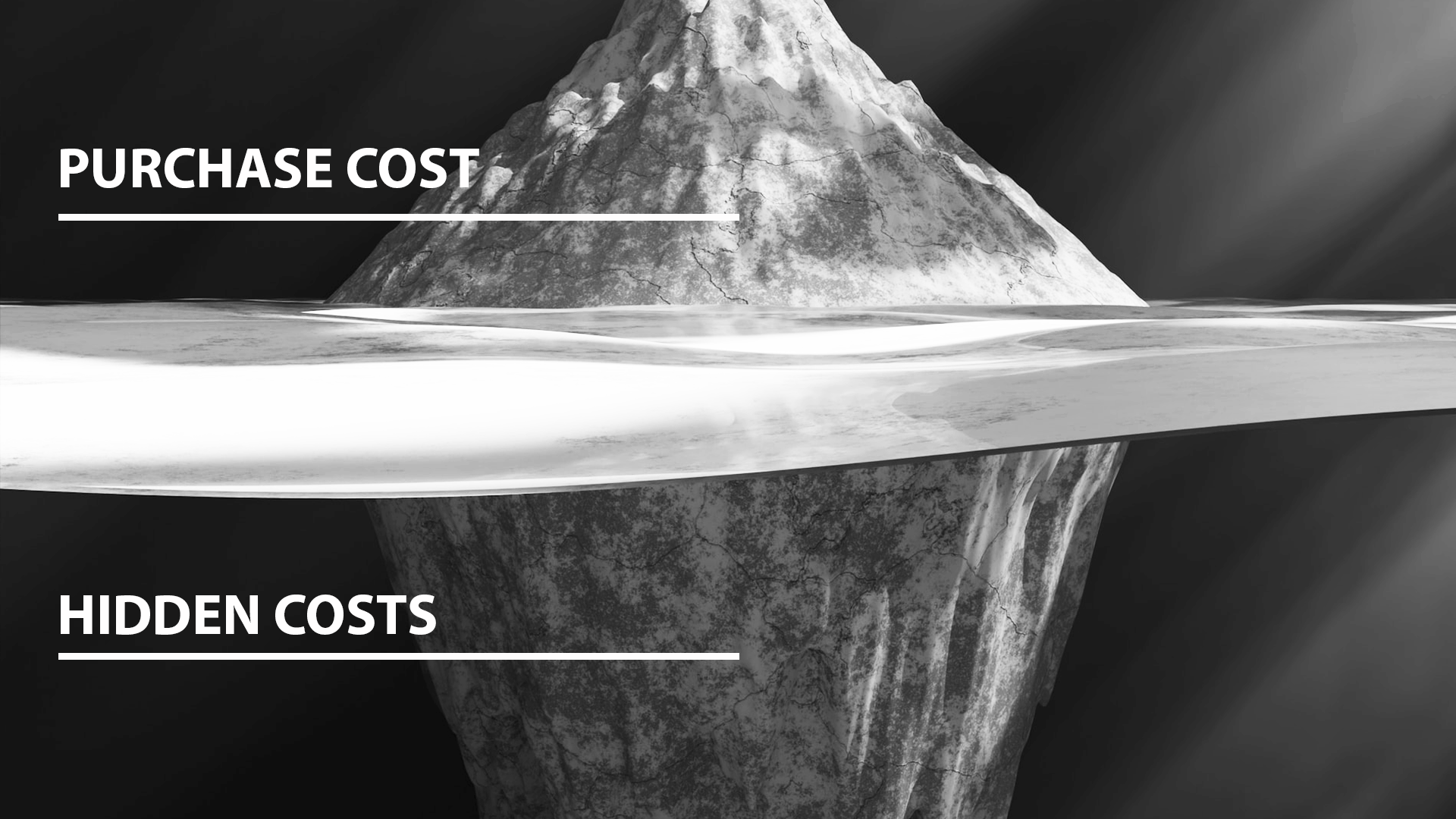
August 14, 2023
By Admin
Crafting an Effective Upgrade Strategy with Total Cost of Ownership in Mind
In the fast-paced world of technology, staying ahead of the curve is essential for any business aiming to thrive. One critical aspect of this is managing your corporate-owned mobile devices effectively. While upgrading your devices can bring new capabilities and features, it's equally important to consider the Total Cost of Ownership (TCO) to ensure your investments are optimized. e-Cycle will guide you through the process of developing an upgrade strategy that factors in TCO, helping you make informed decisions for your company.
Understanding Total Cost of Ownership (TCO)
Total Cost of Ownership (TCO) is a holistic approach to evaluating the complete financial impact of owning and operating your devices over their entire lifecycle. It includes not only the upfront purchase costs but also the hidden costs such as maintenance, support, software updates, and potential downtime. By considering TCO, you can avoid costly surprises down the road and make choices that align with your organization’s financial goals.
Assessing Your Current Devices
Before embarking on any upgrade strategy, it's crucial to conduct a thorough assessment of your existing devices. Consider the following factors:
- Age and Performance: Evaluate the age of your devices and their current performance levels. Are they slowing down and causing productivity bottlenecks, or struggling to run essential applications?
- Maintenance Costs: Calculate the maintenance and repair expenses you've incurred for each device. Older devices might require more frequent repairs, driving up TCO.
- Software Compatibility: Check if your current devices can run the latest software updates and applications efficiently. Outdated hardware can limit your ability to leverage new features.
- Security Risks: Older devices may have vulnerabilities that can compromise your company's data security. Upgrading could mitigate these risks.
- Employee Productivity: Consider whether outdated devices are hindering employee productivity due to slow performance or inadequate features.
Defining Your Upgrade Goals
After assessing your current devices, outline your upgrade goals based on business needs. Be specific about what you hope to achieve with new devices:
- Improved Performance: If slow performance is a concern, prioritize devices that offer enhanced speed and processing power.
- Enhanced Features: Identify features that would boost productivity, such as larger screens, better cameras, or improved battery life.
- Software Compatibility: Ensure the new devices can run the latest software updates and applications seamlessly.
- Data Security: Look for devices with advanced security features to protect your sensitive information.
Calculating TCO for New Devices
When considering new devices, calculate their TCO by factoring in the following elements:
- Purchase Costs: Include the upfront cost of the devices themselves along with any necessary accessories.
- Support and Maintenance: Estimate ongoing expenses for device maintenance, repairs, and technical support.
- Software and Licensing: Account for software licenses and updates, as well as potential subscription fees.
- Training and Transition: Consider the costs of training employees to use new devices and transitioning data from the old devices.
- Productivity Gains: Calculate potential gains in employee productivity with the new devices, which can positively impact your bottom line.
Making an Informed Decision
With a clear understanding of your existing devices, upgrade goals, and calculated TCO — you're well on your way to making an informed decision. Compare the TCO of your current devices with the TCO of potential new devices. If the new devices offer significant benefits while keeping TCO reasonable, it might be time for an upgrade. Developing a comprehensive upgrade strategy that considers the Total Cost of Ownership (TCO) is essential for optimizing your corporate-owned cell phones and tablets. By assessing your current devices, defining your upgrade goals, calculating TCO for new devices, and making informed decisions, you can ensure that your company stays technologically competitive while managing costs effectively.
Cell phone and tablet buyback programs offered by e-Cycle can provide organizations with the opportunity to efficiently manage their mobile device assets, contributing to a lower TCO. Our program allows businesses to recover a portion of their initial investment by reselling or recycling outdated devices, which can subsequently be reinvested into new technology initiatives.
————————————————————————————————
e-Cycle is the trusted wireless partner for many of the largest organizations in the world. As one the first mobile recycling companies to achieve R2V3 certification, we adhere to the highest standards for environmental responsibility and worker health and safety. e-Cycle offers a simple, secure, environmentally responsible and profitable way for businesses to sell and recycle used mobile phones and tablets. Learn more at www.e-Cycle.com.
NOTE: We use cookies on this website. If you continue to access our website, we'll assume that you consent to receiving cookies in accordance with our Privacy Policy.
©2025— e-Cycle. All rights reserved.
Designated trademarks and brands are the property of their respective owners. e-Cycle is not affiliated with the manufacturers of the items available for cash buyback.